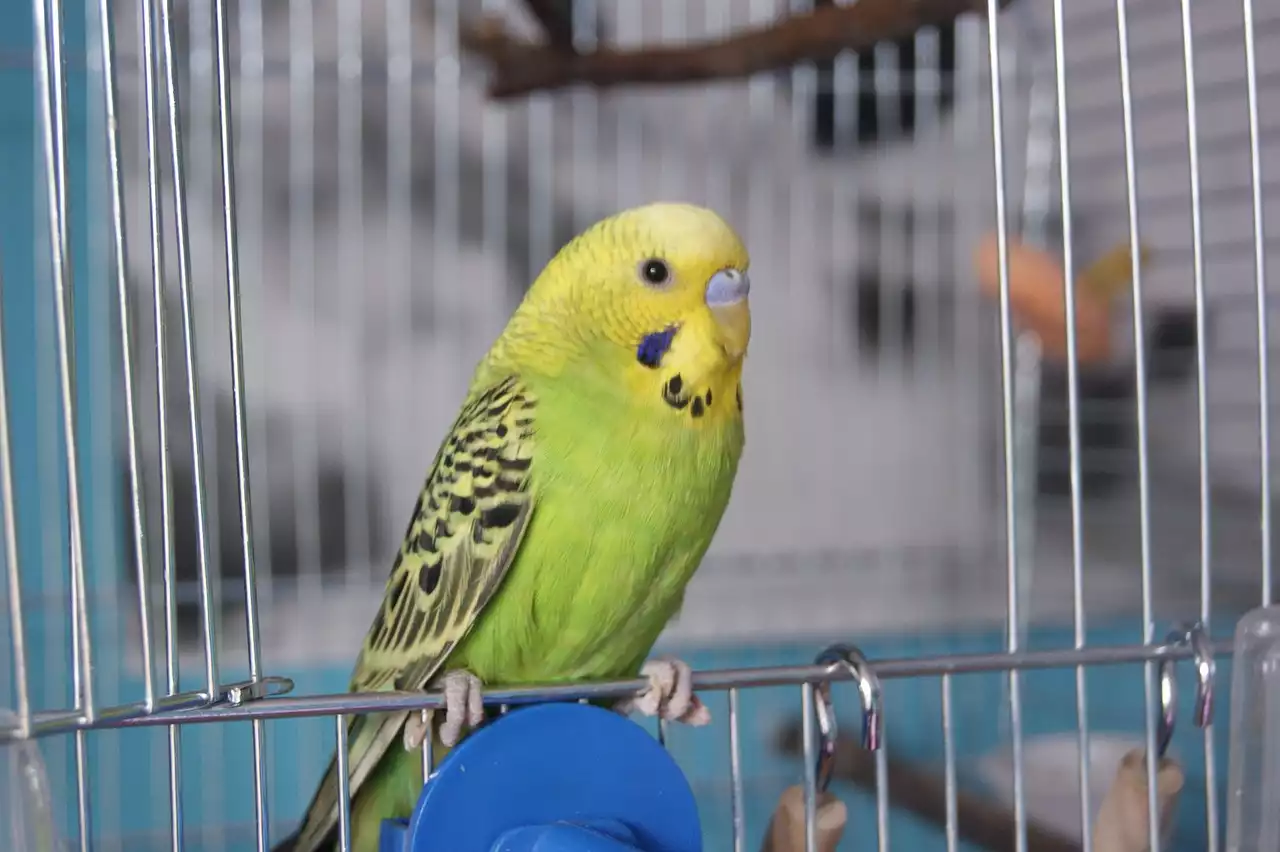Keeping a budgerigar as a pet can be fun, and watching it fly around its cage is very entertaining. However, to maintain a healthy bird you will have to put some time and effort into looking after it. Depending on their origin, budgerigars come in different sizes. Smaller birds like the type found in pet stores are known as parakeets. Larger varieties such as the bush or shell parrot are much bigger than the smaller parakeet types. To help you get started with keeping a budgerigar at home, this article will walk you through everything you need to know about caring for one of these birds.
What You Will Need
First, you will need to decide where to keep your budgerigar. A cage is the best option for keeping a budgie, but you need to make sure it’s big enough. The minimum floor space for a budgerigar is about 16” x 16” (40 x 40 cm), which is enough for one or two birds. You may want to get a larger cage so you can keep your budgerigar with other birds. While budgerigars can be kept in cages, you should try to let your budgerigar fly around as much as possible. Budgerigars are social birds and will be much happier when they have space to fly and interact with their owner.
Housing
Budgerigars like to perch high and in a space the size of a budgie’s cage, you will find that things can get a little stinky. There are several ways to make a cage smell less, but the most effective way would be to get a larger cage. A cage that is around 36” long and 18” wide would be perfect. Some cages also come with a stand to elevate the cage above the floor, which would be an even better choice. You can also consider keeping your budgie in an aviary, which is a great way to give a budgie lots of space to fly around and socialize. An aviary is a large cage that has a larger floor space than a regular cage and is often built from scratch with wire mesh. Budgies will be happiest in an aviary when there are plenty of perches and places to climb around.
Diet
Budgerigars are omnivores, which means they will eat both plant and animal-based food. A budgie’s diet should consist of about 75% seeds and 25% pellets. Seeds are the best source of nutrients for budgies. They contain a lot of protein, fat, fibre, and minerals. Budgie-specific seed mixes are available at pet stores and are high in fat, which is exactly what budgies need. Pellets provide vitamin and mineral supplements, which seed mixes don’t have enough of. Budgies also need water but it should be free of minerals. Mineral-free water is available at pet stores. Budgies need a healthy, balanced diet. If you feed your budgie a poor diet, it could lead to malnutrition, which could cause health issues and even death.
Grooming
Keeping your budgie clean is important, especially if you’re keeping them in a cage. Budgies spend a lot of time preening, which is when they clean and condition their feathers. It is a good idea to let your budgie out of the cage for 15 minutes or so every day so it can get its feathers nice and clean. It’s also a good idea to groom your budgie regularly. You can do this by carefully combing through your budgie’s feathers with a fine-toothed comb or by using a special budgie brush. If you’re going to use a comb, make sure you use it gently and that you don’t pull too hard on your budgie’s feathers. Budgies need to be kept free of debris like seeds, dust, and feathers because they can get harmful bacteria and cause disease.
Breeding and Care of Eggs
If you want to breed budgies, you will need to get two budgies that are of a healthy breeding age. Breeding budgies usually begin at the age of one. Budgie breeding season occurs once a year, usually in the spring. To figure out if your budgies are ready to breed, you can watch them carefully. Usually, a male will begin to pick at the female’s feathers and show signs of aggressive behaviour. The male budgie will also pick at the female’s feathers and attempt to mate with her. If you want to breed budgies, you will need to get an aviary for the female to lay the eggs and provide plenty of food for her. You will also have to keep an eye on the eggs and remove any that don’t look healthy so they don’t hatch. After the eggs have been laid, it can take up to 21 days for the eggs to hatch, so keep checking regularly.
Conclusion
Budgerigars make wonderful, charming pets and can be kept in cages or aviaries. Budgies need a lot of attention and care, and keeping one as a pet is not something you can do on the side while you’re busy with school or work. Budgies require daily attention and care to thrive, but they are fun little birds and make for entertaining and interesting pets, especially for bird lovers.


 The Biggest Natural Wonder in the World - The Great Barrier Reef
The Biggest Natural Wonder in the World - The Great Barrier Reef Hiking The St Magnus Way in Scotland
Hiking The St Magnus Way in Scotland
 The Evolution of African Male Fashion
The Evolution of African Male Fashion Why Canaries Make Good Pets
Why Canaries Make Good Pets What are Cockatiels Like as Pets?
What are Cockatiels Like as Pets? The Delightful and Interactive Lovebird
The Delightful and Interactive Lovebird Important Facts About the Parrotlet
Important Facts About the Parrotlet